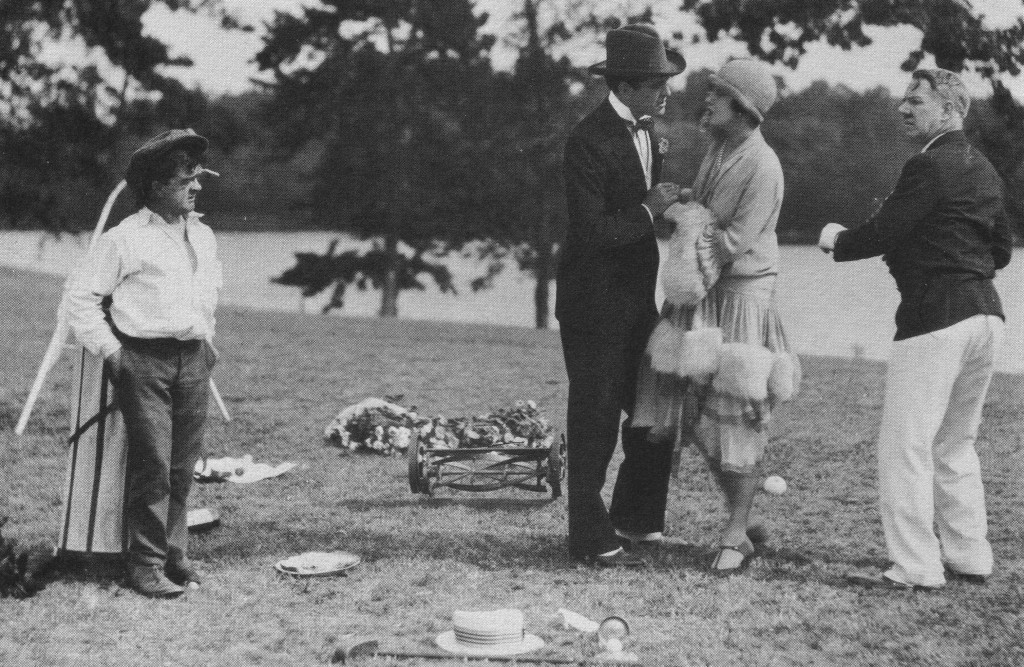 This week we’ll be screening So’s Your Old Man, one of the finest examples of the elegant craft that characterizes Paramount Pictures’ silent output. Along with Universal Studios, they’re celebrating their one-hundredth anniversary this year. These days that means reissuing library chestnuts on spiffy new Blu-ray editions, but this level of attention to corporate heritage is a rather recent development.
This week we’ll be screening So’s Your Old Man, one of the finest examples of the elegant craft that characterizes Paramount Pictures’ silent output. Along with Universal Studios, they’re celebrating their one-hundredth anniversary this year. These days that means reissuing library chestnuts on spiffy new Blu-ray editions, but this level of attention to corporate heritage is a rather recent development.
Archivists like to talk about ‘the bad old days,’ when films were disposable, purely commercial propositions. Destruction of film history was business as usual. It was old nitrate prints, after all, that provided the pyrotechnics when Selznick burned Atlanta all over again for Gone with the Wind. The only way to guarantee the survival of a film was to spirit it away to the Museum of Modern Art. Left to their own devices, old movies would probably wind up as targets for jeers on early TV programs like Fractured Flickers.
And yet the truth is a tad more complex. All the studios (and, to be fair, the archives as well) have mixed records of conservation and preservation, a fact that makes present-day restorations all the more difficult. The case of Paramount is illustrative. Their 1929-1949 library (with a handful of exceptions) had been sold to MCA, though the prints themselves stayed on the studio lot. Their silent library sat there too—they had the right to exploit those films anew, but the market for silent films was limited. The silent material was eventually donated to the Library of Congress through a deal brokered by a young American Film Institute employee named David Shepard.
